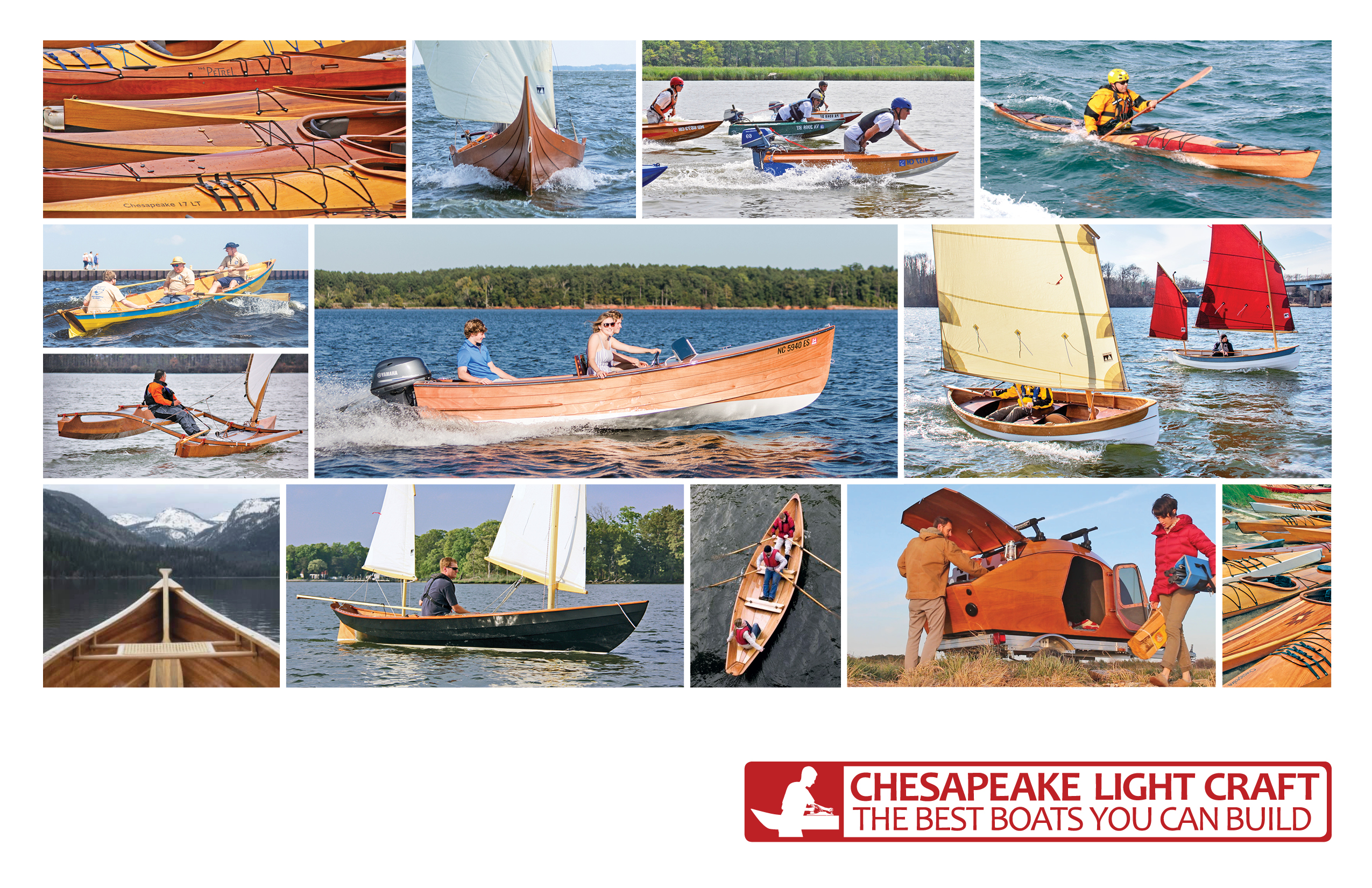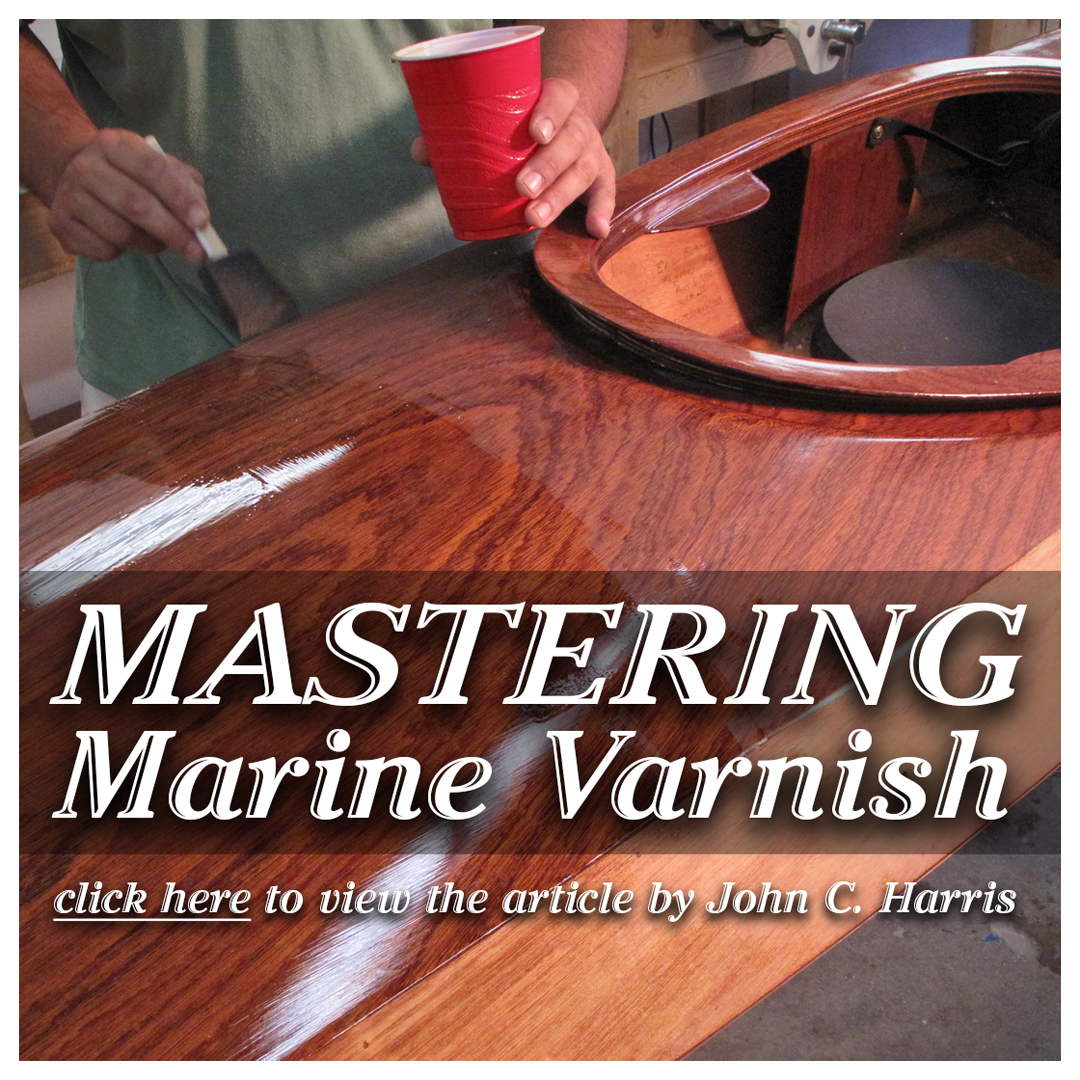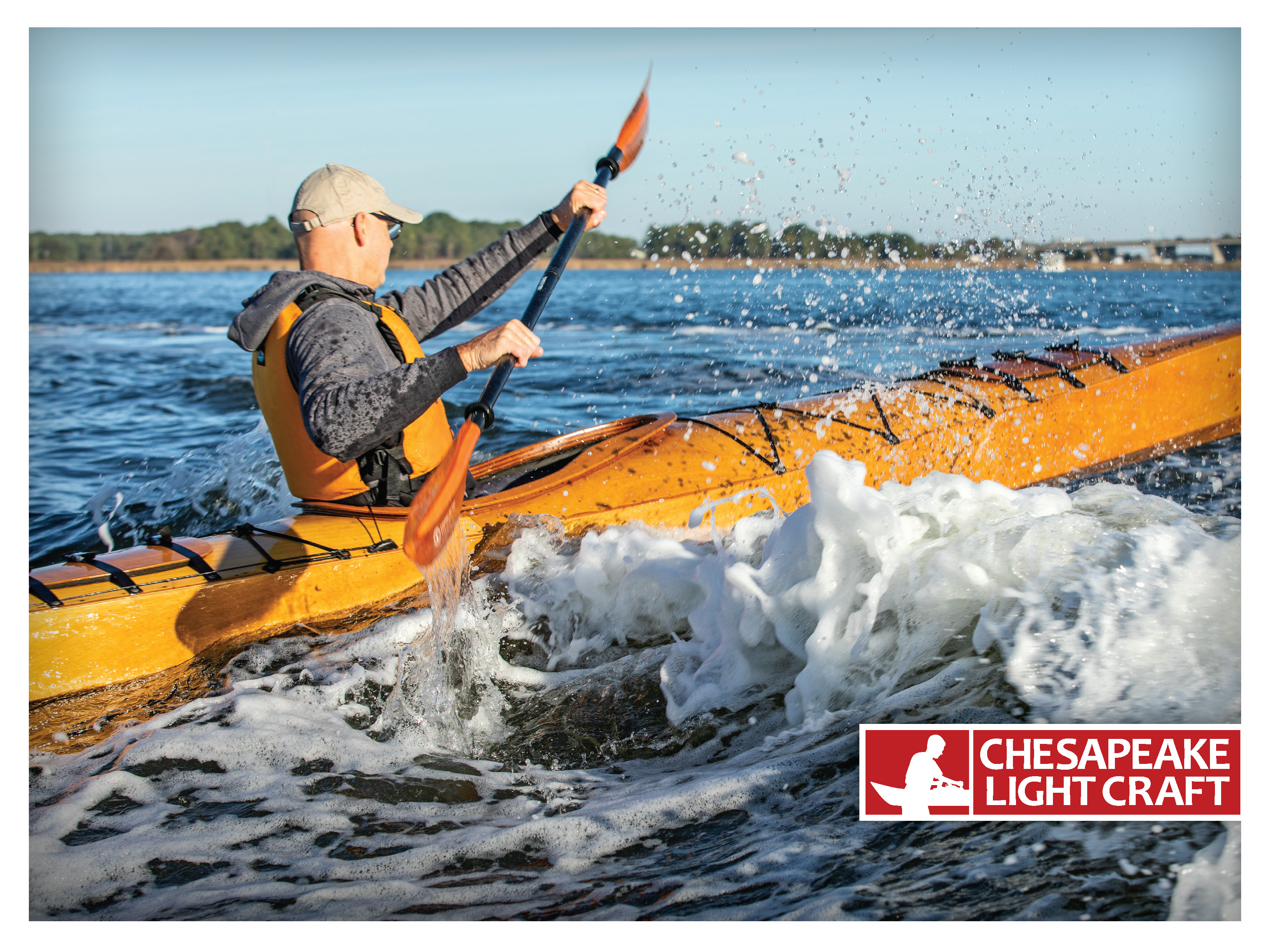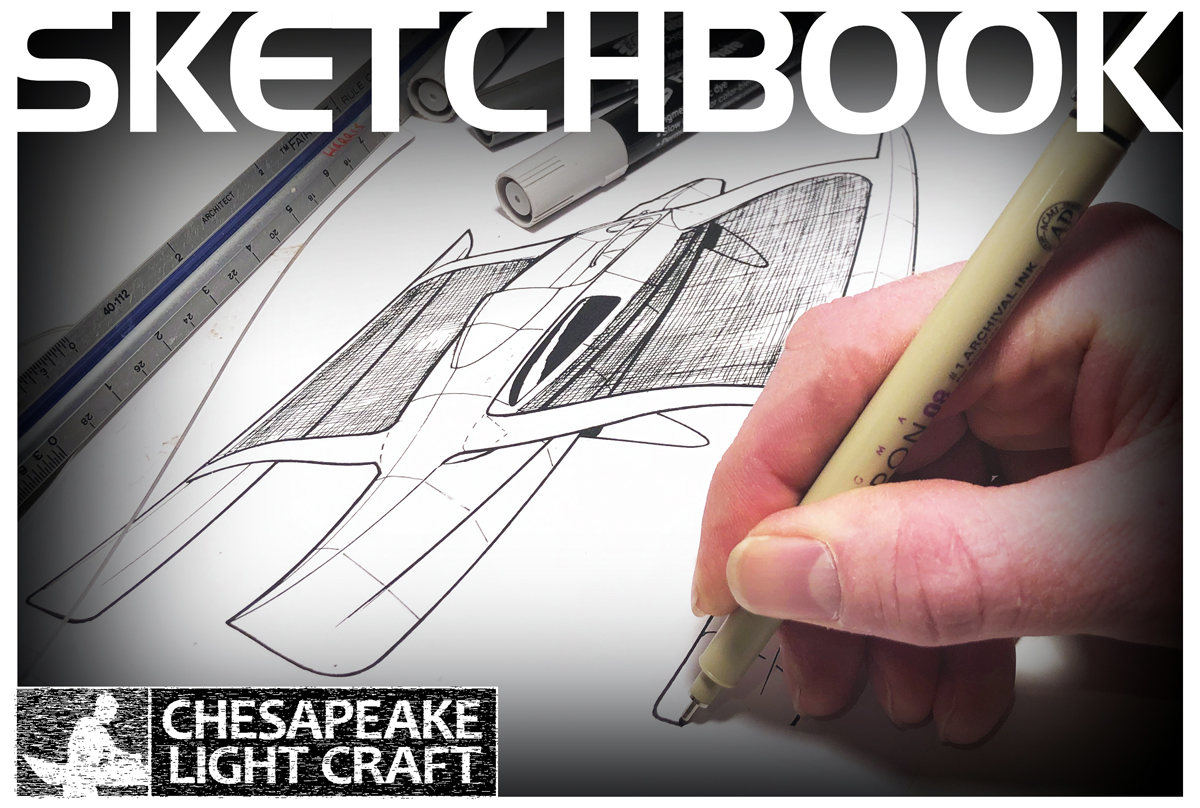 October 2012
October 2012
Students from Laguna Creek High School's Green Energy Technology Academy in Elk Grove, California built a custom-designed CLC kit and won a regatta back in May.
The students were led by a team that included science teacher Eric Johnson, parent volunteer (and engineer) Gerhard Panuschka, Joe Grez of Electric Paddle, and John Harris of Chesapeake Light Craft. Scroll down for more photos and drawings!
John Harris recounts the whole adventure:
Gerhard Panuschka first got in touch with CLC back in February. He'd built a Mill Creek 16.5 from a kit. His son is a student at Laguna Creek High School's Green Energy Technology Academy, which is a "STEM"-type program that turns out technologically-hip kids, ready for advanced careers in engineering or various green-energy trades. Laguna Creek had entered a competition to design and race solar-powered boats, sponsored by the California utility, SMUD. Gerhard asked if I had any thoughts about a good design to win a solar-powered boat regatta. At first we talked of modifying something in CLC's stable, but I was so tickled by the design brief that I ended up donating design services for a custom boat.
I'd done five or six of these racing electric boat designs in past years for university-level competitions, including entries for the Naval Academy, the University of Maryland, and SUNY-Canton. These had all been fairly high-powered boats, run off batteries with only a little solar assist. The SMUD Solar Regatta, on the other hand, required solar power almost exclusively, which is another kettle of fish for a designer. SMUD would loan each team four solar panels good for 64 watts and 3.5 amps each in perfect conditions. (Conditions are never perfect, of course.)
I designed the boat around the four 16-pound solar panels, minding the 20-foot maximum hull length allowed by the rules. Since the kids would have to build the boat, and time was short, and budget limited, a simple flat-bottomed canoe was indicated. Fortunately, a hull shape like that is perfect for a low-drag, low-power configuration. My biggest concerns were to keep windage and weight to a minimum. The hull itself is just a "pirogue," 19'10" long and 38 inches wide. Before you get all excited about adapting this for your local lake, recall that as a racing boat the structural margins are slim, and as designed you'll put your foot through the bottom in casual usage. I suppose that the all-up weight with solar arrays, motor, and a small battery was around 120 pounds. We spent a good bit of time calculating the weights of all the bits---and of the chosen coxswain---so I could optimize the hull lines for minimum drag with a fixed payload.
 I came up with a scheme to allow the four solar panels to be rotated towards the sun; all four panels can be articulated with a single lever. I suggested that an amp meter be mounted so that the cox could constantly adjust the attitude of the panels for max power. I don't think this was done because the power output is so wildly variable in any case. In the event Molly-the-pilot was kept busy managing the throttle, foot-pedals to steer the boat, and the solar panel angle.
I came up with a scheme to allow the four solar panels to be rotated towards the sun; all four panels can be articulated with a single lever. I suggested that an amp meter be mounted so that the cox could constantly adjust the attitude of the panels for max power. I don't think this was done because the power output is so wildly variable in any case. In the event Molly-the-pilot was kept busy managing the throttle, foot-pedals to steer the boat, and the solar panel angle.

For power, Joe Grez goosed one of his stock Electric Paddle units up to 250 watts, dubbing the result "Frankenstein." (Sorry, like the custom boat, Frankenstein is race-spec only; you can't get one.) He researched and supplied a variety of propellors optimized for the boat and motor.
The race included slalom and speed courses, conducted solely under solar power, and an endurance race which could include battery power. Gerhard reports, "Our speed under solar power was pretty much the same as under battery, over 5 mph. The judges and the spectators were very impressed by our simple but effective design."
Laguna won the slalom and speed events, and Gerhard suggests that they won the endurance race, too, but "honestly, I think they gave the third race to a different winner so that someone else could get a reward, too" The Laguna High School team left with the prize for overall points. Here's the press release on the team's big win. SMUD put together a nice video of the regatta, here. More photos showing the competition are here.
Congratulations to the kids for an admirably disciplined and smart campaign!

Here's the general layout of the custom boat. Just two sides and a bottom, carefully shaped to hold the weight of solar arrays, battery, motor, and petite pilot. The sides are 4mm okoume and the bottom is 6mm okoume. Pretty fragile!

Four structural bulkheads support the solar arrays. They can be rotated towards the sun as the boat maneuvers around the race course.

Here's the boat in last May's race. Doesn't make any wake!

A good look at the articulated panels in action. Nice backdrop for a solar boat race!

The cockpit of a stripped-out solar racing boat.


Some of the Laguna High School crew.

Trials. The shallow, ultralight boat was tricky to control in wind. I suggested low-drag surfboard skegs if crosswinds menaced the race course.


 return to section:
return to section: 










